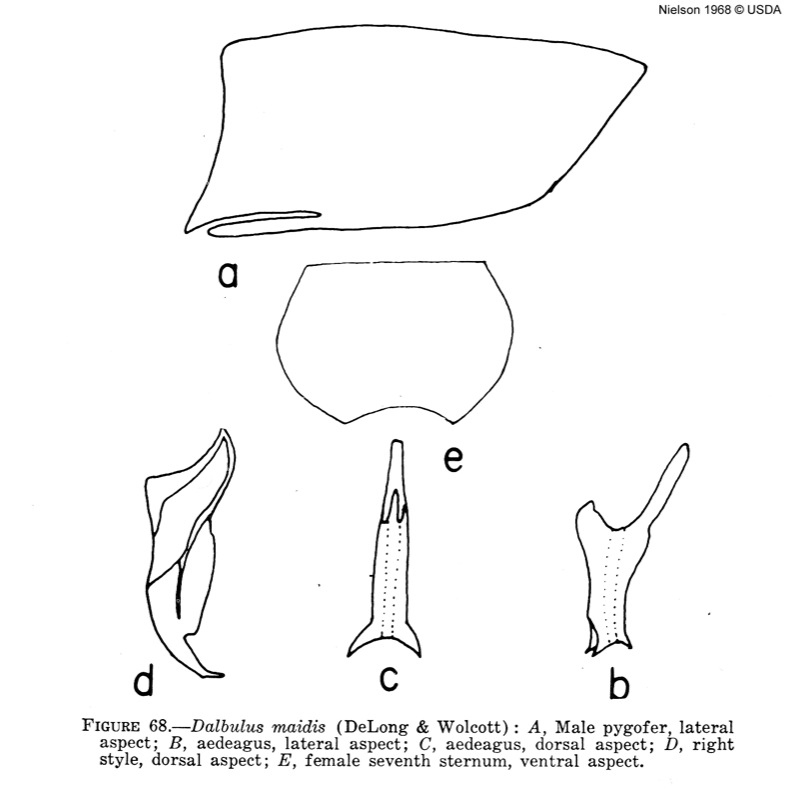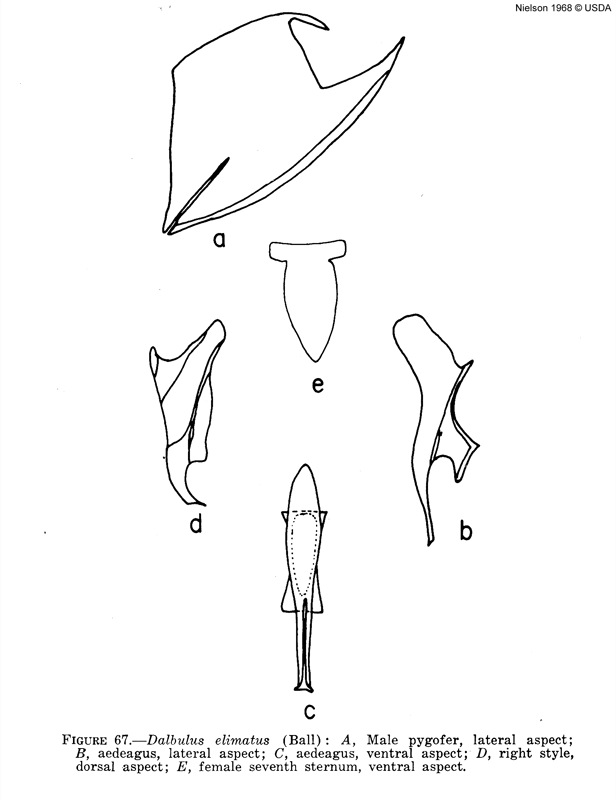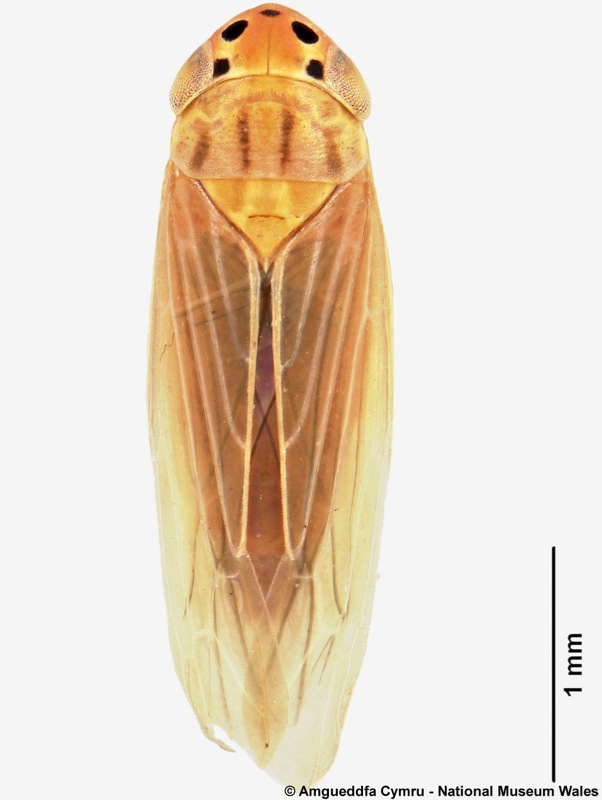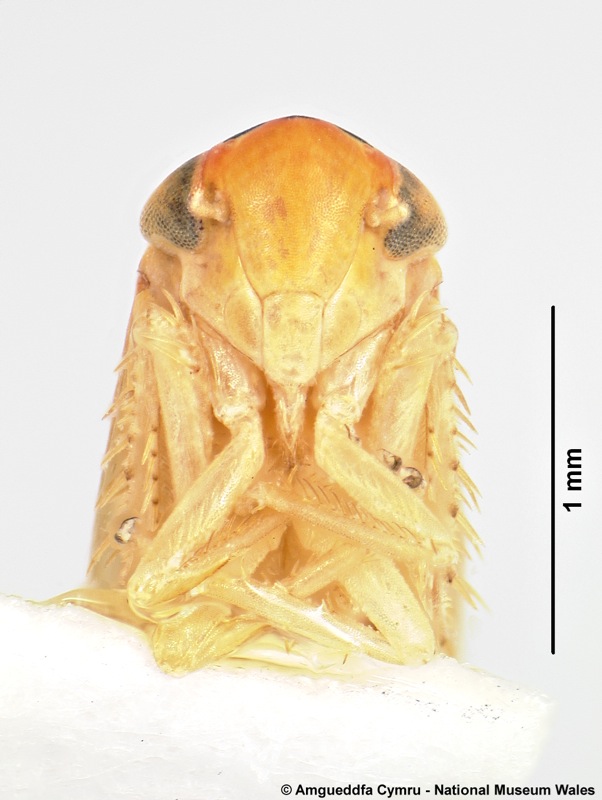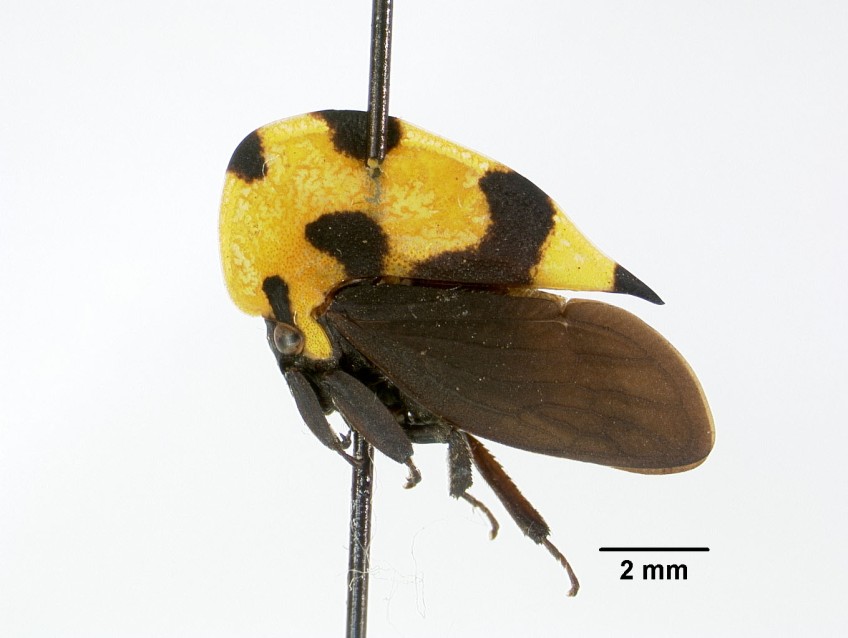Nombres comunes para algunos homopteos en México
Cicadellidae: cicadélidos, cigarritas, chicharritas y saltahojas
Dalbulus maidis: la chicharrita del maíz
Dalbulus elimatus: la chicharrita mexicana del maiz
Erythroneura elegantula: la chicharrita de la vid
Edwardsiana froggatti: la chicharrita amarilla del manzano
Homalodisca vitripennis: la chicharrita de alas cristalinas
Perkinsiella saccharicida: la chicharrita de la caña de azúcar
Cephisus siccifolius: la chicharrita de la espuma, salivazo
Membracidae: membrácidos, toritos y carapachitos
Spissistilus festinus: alfarero tricorneado
Membracis mexicana: membrácido mexicano
Delphacidae: delfácidos
Peregrinus maidis: delfácido del maiz
Caliscelidae: chinche puerquito
Cercopidae: salivasos y baba de culebra
Mahanarva bipars: el salivaso de la caña de azucar y el quemazón de la caña
Aeneolamia contigua: mosca pinta, candelilla y el salivaso del pasto
Cicadidae: chicharras y cigarras
Psyllidae: piojos saltones
Acanaloniidae: acanalonidos
Achilidae: aquílidos
Derbidae: dérbidos
Issidae: isidos
Tropiduchidae: tropidúquidos
Se hicieron una encuestas a varios pobladores de diferentes estados para tomar estos datos relevantes de los nombres comunes en México.
Nota: no se ejemplifican todos los nombres conocidos para México, eso depende de la región y localidad en la que se encuentre, para lo cual falta mucha información en el país para relacionar cada nombre común.

